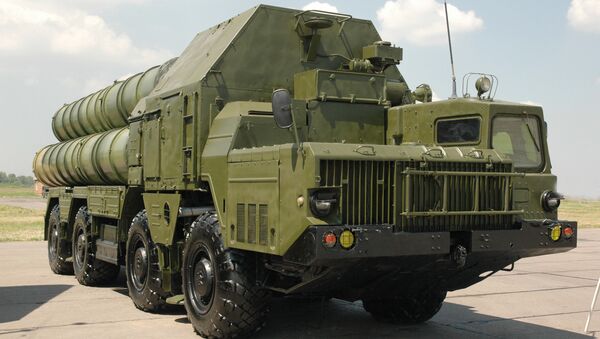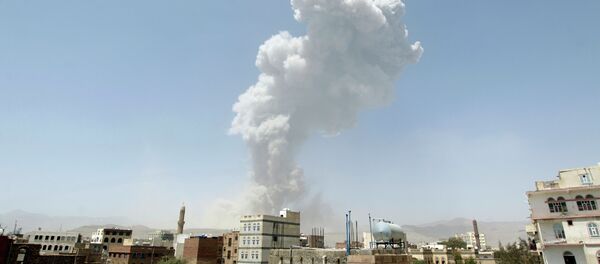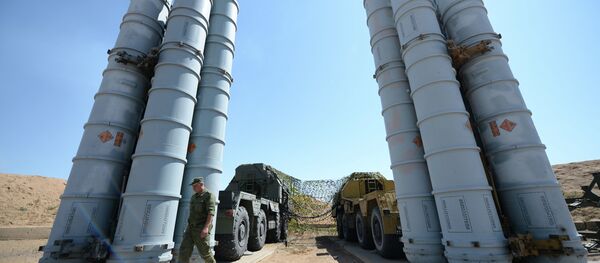“The S-300s have a twofold purpose, I think it is number one to send a message to the United States and to the other EU-3 countries [Great Britain, France, Germany] that Russia wants them to get this deal done,” Singh said.
The former national security official continued that Russia’s offer to Iran would help incentivize other members of the P5+1 “to not consider walking away and taking military action or increasing sanctions.”
The secondary purpose behind Russia’s S-300 sale may also be to shore up Iran as an ally in the event a nuclear agreement is reached, Singh added.
The repeal of Iranian sanctions could “unlock tremendous commercial opportunities,” Singh explained. Russia could be pre-positioning itself as “the provider of defensive arms [to Iran], or of other types of arms, and the provider of all sorts of other things potentially.”
Moscow and Tehran agreed on the delivery of five S-300 PMU-1 systems in 2007 for $800 million. In 2010, then-President Dmitry Medvedev put the deal on hold after the UN Security Council introduced an embargo on arms deliveries to Iran over fears Tehran was developing nuclear weapons.
President Putin's decision to lift the S-300 sales ban took place two weeks after Tehran and P5+1 negotiators agreed on a framework for strict parameters on Iran’s nuclear program. The framework involves the gradual lifting of sanctions against Iran, including the arms embargo.



